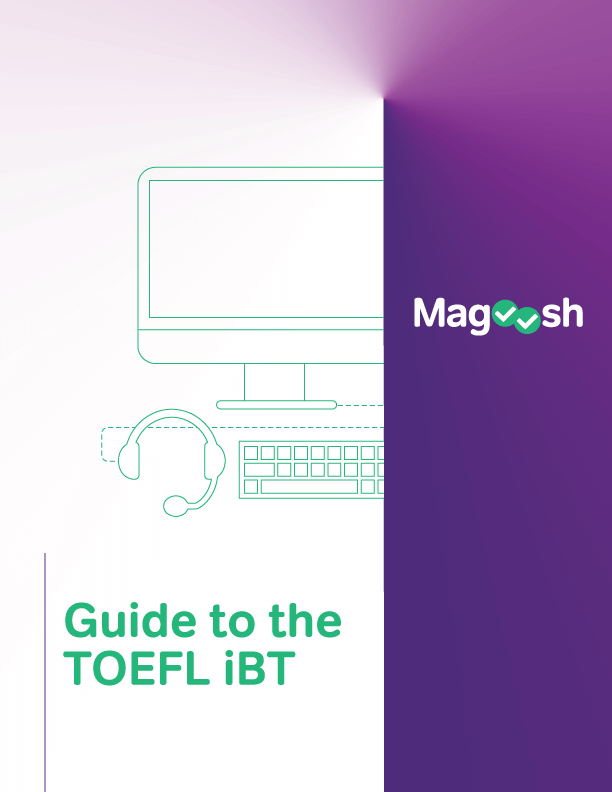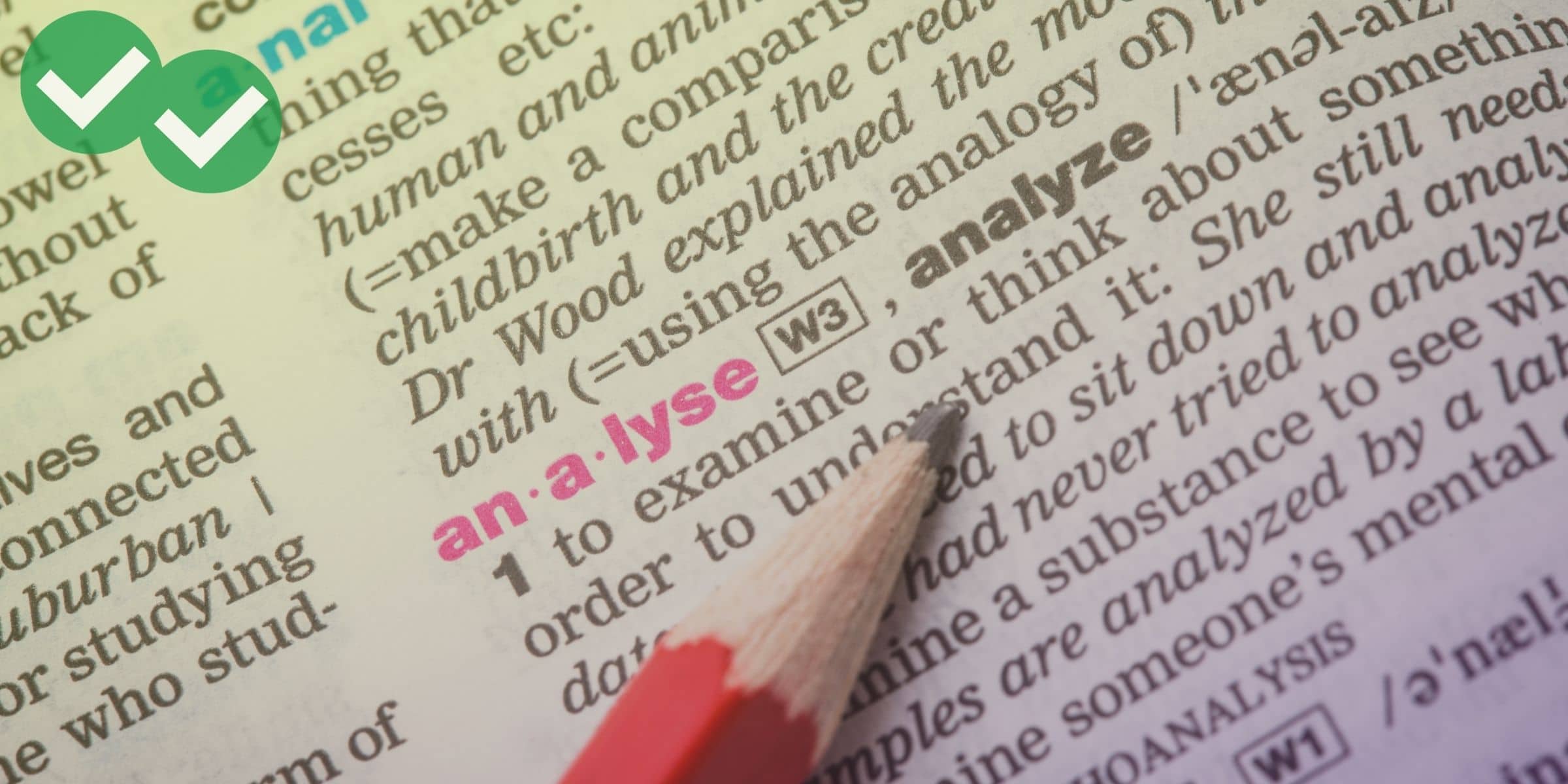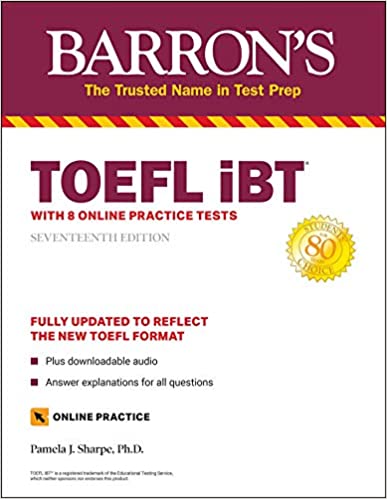This week, I’m going to continue defining and explaining words from Official TOEFL iBT Tests, as I did in my last TOEFL vocabulary blog post. Keep in mind that these words are from an actual past TOEFL test. If you had taken this test and not known these words, you might have had some trouble understanding the text. In fact, one of the words below was asked about in a vocabulary question.
(to be) Crude
There are a few meanings of the word “crude,” but ones that are more important for the TOEFL are these two:
1) Raw or unpure. This is used for materials, especially oil. “Crude oil” is oil that has just come from the earth. It won’t be burned immediately. First, people have to process the oil. Then, after it is purified, it can be used.
2) Not very well made. You might say that a smiley 🙂 is a crude picture picture of a face. If you are lost in the woods at night and it starts raining, you might make a crude shelter from sticks.
TOEFL example: There are few animals other than humans which make and use tools, but bonobos have been known to use stones as crude hammers or even weapons.
(to be) Marked
Although this adjective is related to the noun “mark” and the verb “(to) mark,” if has a quite different meaning in some contexts. In some sentences, it simply means “noticeable,” or “significant.” In other words, you can see it and it’s important.
Usually, it’s used to describe a change. You might see it combined with the words “increase,” “improvement,” “shift,” or “impact,” for example. “A marked increase” is a large, noticeable increase—it’s important.
TOEFL example: I’m a bit concerned about your attendance this semester, Sally. I’ve noticed a marked decrease in how often you show up for class. Is everything okay?
(to) Depict
The root of “depict” is the same as the root of the word “picture.” In fact, the meaning if very close, too. “To depict” means to *show* something. The Mona Lisa depicts an unknown woman, for example. It can also be used to explain an author’s or artist’s message—the specific way they show a subject. For example, in the movie “The Social Network,” the creator of Facebook, Mark Zuckerburg, is depicted as socially awkward teenager motivated by jealousy. That may not actually be true in real life—it’s just what the movie communicated about him.
TOEFL example: Newspaper reviews of the play, when it first opened to audiences in the late 1920s, depicted the lead actor as inexperienced and unskilled, a complete amateur.






Leave a Reply